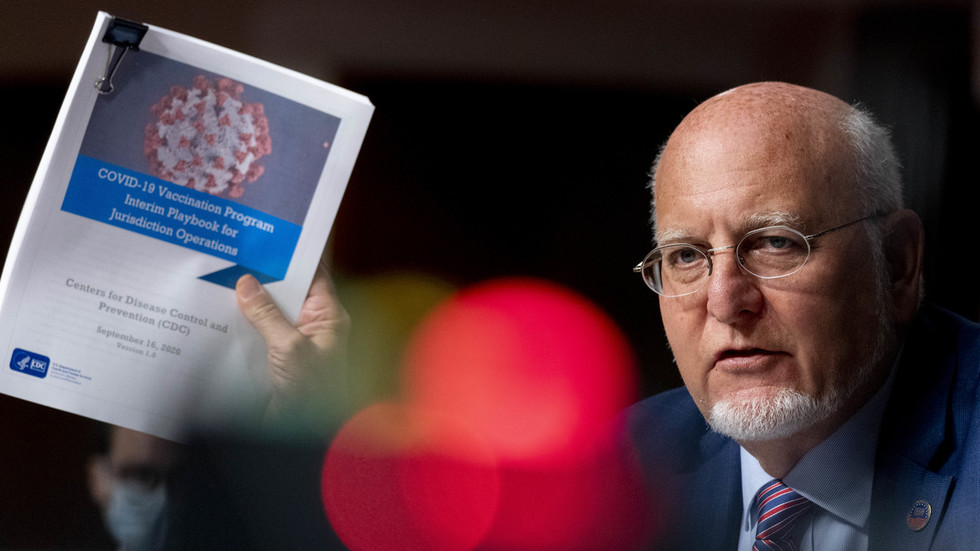 Credit: World Meteorological Organization/Muhammad Amdad Hossain
Credit: World Meteorological Organization/Muhammad Amdad HossainBANGKOK, Thailand, Oct 25 (IPS) - In the coming decades, the Asia-Pacific region faces a series of challenges that threaten to exacerbate poverty. Among these, climate change, demographic shifts, particularly population ageing and the rise of digital technologies stand out as three interconnected global megatrends.
A recent technical paper supporting the Social Outlook for Asia and the Pacific 2024 explores various scenarios on how climate change, demographic shifts and digitalization could impact poverty. It reveals that 266 million people could be at risk of falling into poverty by 2040.
This underscores the urgent need to strengthen and finance social protection systems across the region, as addressing these issues proactively is far more cost-effective than reacting to them later.
Understanding the megatrends
Climate change is increasingly evident, with rising temperatures, extreme weather and disrupted ecosystems impacting both the environment and economies. This poses a direct threat to livelihoods, especially for those dependent on agriculture and natural resources.
Population ageing is another significant trend. While longer life expectancy is positive, it strains social services, healthcare and pension systems. Without integrated policies to address these pressures, public resources, already strained by debt, could face further strain, risking economic instability.
Digital technologies advance rapidly, offering growth and efficiency benefits but also posing challenges. Job displacement and increased inequality are potential risks if these technologies are not managed inclusively. Balancing their benefits and risks is crucial for equitable progress.
The Impact on Poverty
Using the Global Trade Analysis Project (GTAP) model to project 2040 scenarios, varying degrees of climate change, demographic shifts, and digitalization show a stark contrast between optimistic and pessimistic outcomes, highlighting the crucial need to enhance social protection expenditures. Two scenarios are considered in the model with results presented in Figure 1:
- Optimistic scenario: This scenario assumes a 1.5-degree Celsius increase in global temperatures, that populations age in a healthy manner, and significant improvements are made by countries in ICT productive capacity by 2040. Under this scenario, the projected increase in poverty by 2040 is 199.8 million people or 6.5 per cent of the total population in the Asia-Pacific region.
- Pessimistic scenario: In contrast, the pessimistic scenario assumes a 2.0-degree Celsius increase in global temperatures, no progress in healthy ageing and insufficient advancements in ICT productivity. Here, the poverty headcount is projected to increase by 266.1 million people or 8.7 per cent of the total population.
 Source: ESCAP elaborations based on GTAP model and household income and expenditure surveys from 27 countries available in ESCAP SPOT Simulator. Note: As per table 5.1, three global megatrends including climate change, demographic shifts, including ageing, and digitalization are introduced in the GTAP model as shocks.
The pessimistic scenario presumes a 2-degree Celsius rise in temperature, populations ageing in an unhealthy manner and countries slowly improving their ICT Productive Capacity. The optimistic scenario presumes a 1.5-degree Celsius rise in temperature, populations ageing in a healthy manner with less health expenditures needed and countries making significant improvements in their ICT Productive Capacity.
Source: ESCAP elaborations based on GTAP model and household income and expenditure surveys from 27 countries available in ESCAP SPOT Simulator. Note: As per table 5.1, three global megatrends including climate change, demographic shifts, including ageing, and digitalization are introduced in the GTAP model as shocks.
The pessimistic scenario presumes a 2-degree Celsius rise in temperature, populations ageing in an unhealthy manner and countries slowly improving their ICT Productive Capacity. The optimistic scenario presumes a 1.5-degree Celsius rise in temperature, populations ageing in a healthy manner with less health expenditures needed and countries making significant improvements in their ICT Productive Capacity.The difference between these scenarios illustrates the profound impact of each megatrend. Climate change is a major driver of increased poverty. For instance, under a pessimistic scenario, Kiribati, Nepal and Tonga could see their poverty rates rise by over 15 percentage points relative to the baseline.
Even with just a 1.5°C warming, the regional average poverty rate could increase by 2.8 percentage points, highlighting climate change's significant impact on poverty. Population ageing is also a critical factor.
Without healthy ageing, an additional 10 million people might fall into poverty due to rising healthcare costs, with countries like Armenia, Kiribati, Maldives and Mongolia being especially vulnerable. Digitalization, though less impactful overall, has notable effects in specific countries like Türkiye, Viet Nam and Vanuatu, influencing differences between optimistic and pessimistic scenarios.
The urgent need for action
If social protection expenditures are not increased, the cost of mitigating the rise in poverty could be substantial. To counteract the projected poverty increases, approximately 6.2 per cent of GDP would need to be mobilized under the optimistic scenario.
The total cost would increase to 8.7 per cent of GDP in 2040 under the pessimistic scenario. These are lower-bound estimates as they assume governments could directly target affected households and seamlessly provide cash transfers.
The projected rise in poverty and associated costs underscore the urgent need for government action which necessitates stronger political will to match the associated investment needs. Empirical analysis supports several key policy recommendations.
Governments should implement policies for a just transition, which includes effective climate action to mitigate the economic and social impacts of both sudden and gradual disasters and to support the shift towards a net-zero emissions economy.
Additionally, strategies for healthy ageing and investing in healthcare infrastructure, such as universal social health protection, can ease the financial strain of an ageing population, ensuring social stability and economic prosperity.
At the same time, policymakers should also focus on fostering inclusive digital economies, providing opportunities for all, including those at risk of being left behind. Investments in digital literacy and skills training are crucial to counteract digital disruption's negative effects.
Overall, expanding social protection coverage and increasing benefit levels are essential. This includes implementing social protection floors and gradually enhancing multi-pillared systems to cover more individuals and increase benefits, ensuring no one is excluded from protection against life cycle contingencies and shocks.
Originally published as an opinion piece by Nikkei Asia.
Selahattin Selsah Pasali is Social Affairs Officer, Social Development Division, ESCAP; Selim Raihan is Professor, Department of Economics, University of Dhaka and Executive Director of South Asian Network on Economic Modeling (SANEM)
IPS UN Bureau
© Inter Press Service (2024) — All Rights ReservedOriginal source: Inter Press Service

 3 weeks ago
11
3 weeks ago
11









 English (US) ·
English (US) ·